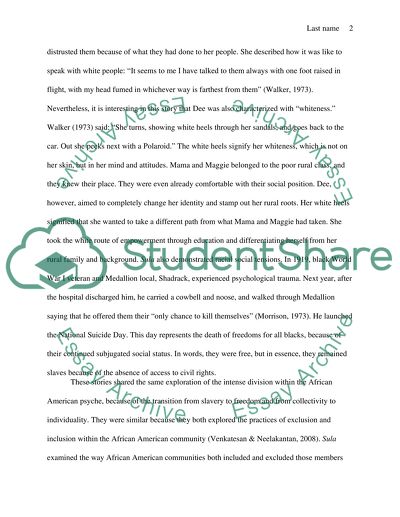Cite this document
(“Social Tensions within the African American Community in Sula and Essay”, n.d.)
Retrieved from https://studentshare.org/literature/1451722-ethic-literature-paper
Retrieved from https://studentshare.org/literature/1451722-ethic-literature-paper
(Social Tensions Within the African American Community in Sula and Essay)
https://studentshare.org/literature/1451722-ethic-literature-paper.
https://studentshare.org/literature/1451722-ethic-literature-paper.
“Social Tensions Within the African American Community in Sula and Essay”, n.d. https://studentshare.org/literature/1451722-ethic-literature-paper.


